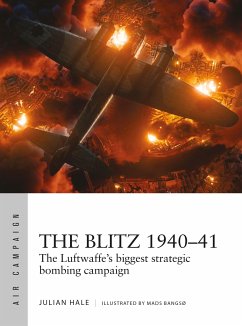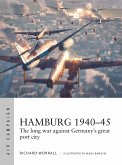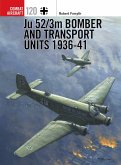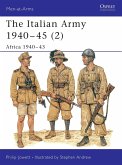An illustrated history of how the Luftwaffe intended 'the Blitz' to knock Britain out of the war, emphasising the German point of view and detailing how Britain's defences and civilians responded. The Blitz - the German ' blitzkrieg' of Britain's industrial and port cities - was one of the most intensive bombing campaigns of World War II. Cities from London to Glasgow, Belfast to Hull, and Liverpool to Cardiff were targeted in an attempt to destroy Britain's military-industrial facilities and force it out of the war. Most histories of the Blitz concentrate on the civilian experience of 'life under the bombs' or the fighter pilots of the RAF but, in military terms, the Blitz was also the Luftwaffe's biggest and most ambitious strategic bombing campaign. Focusing on both sides, this book places particular emphasis on the hitherto under-represented Luftwaffe view of the campaign and looks at the new technology and tactics at its heart. From the innovative development of specialist night-fighters to the 'Battle of the Beams' that pitted German electronic navigation systems against British countermeasures, the Blitz demonstrated the effects of developing technology on aerial warfare. Describing and analyzing the strategy, tactics and operations of both the Luftwaffe and the UK's air defences during the period between September 1940 and May 1941, author Julian Hale demonstrates that, for a variety of reasons, there was little chance of the Luftwaffe achieving any of its aims. Using primary sources, spectacular original artwork, 3D diagrams and maps, this study shines a fresh light on how and why the world's first true strategic air offensive failed.








